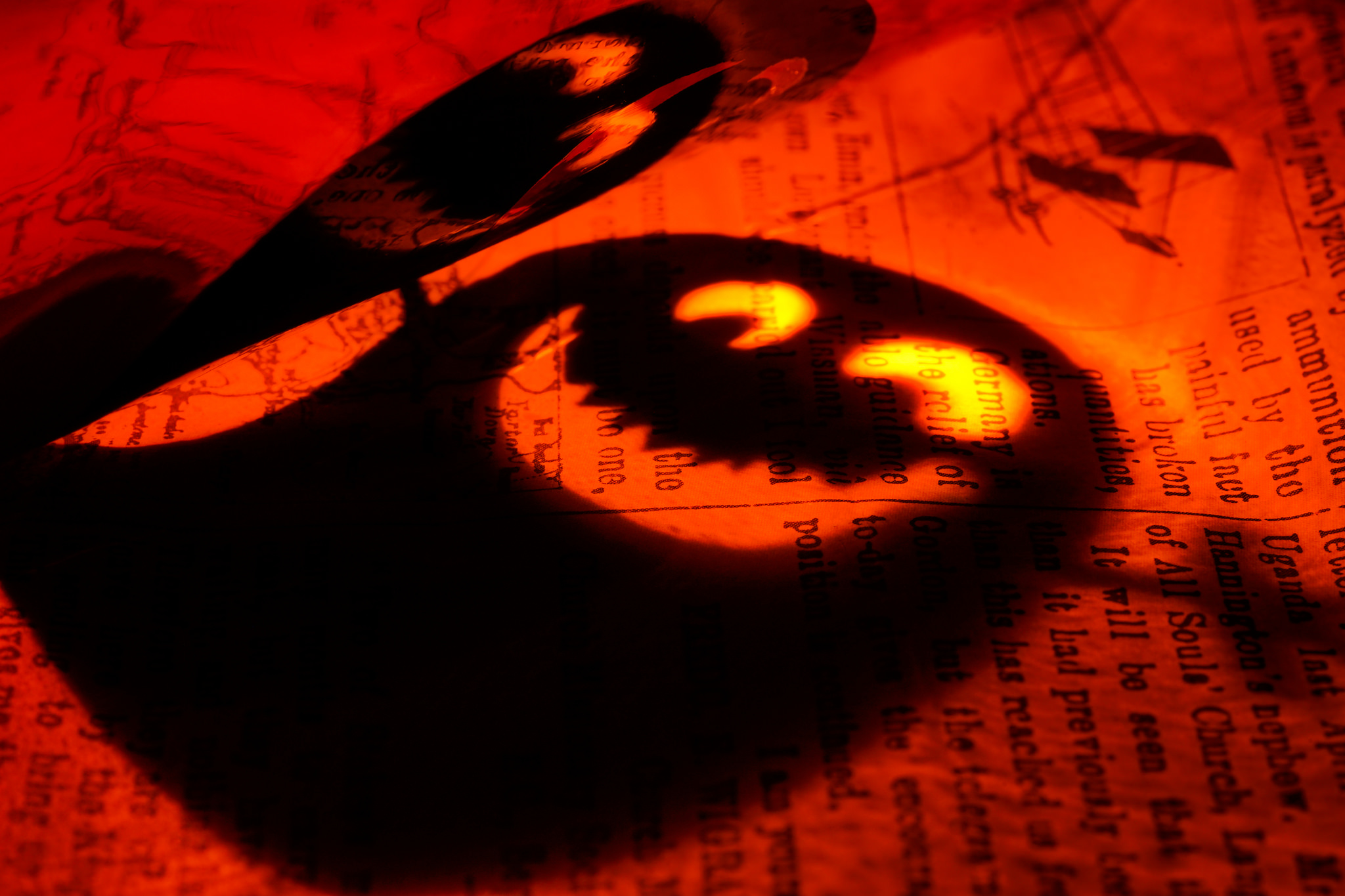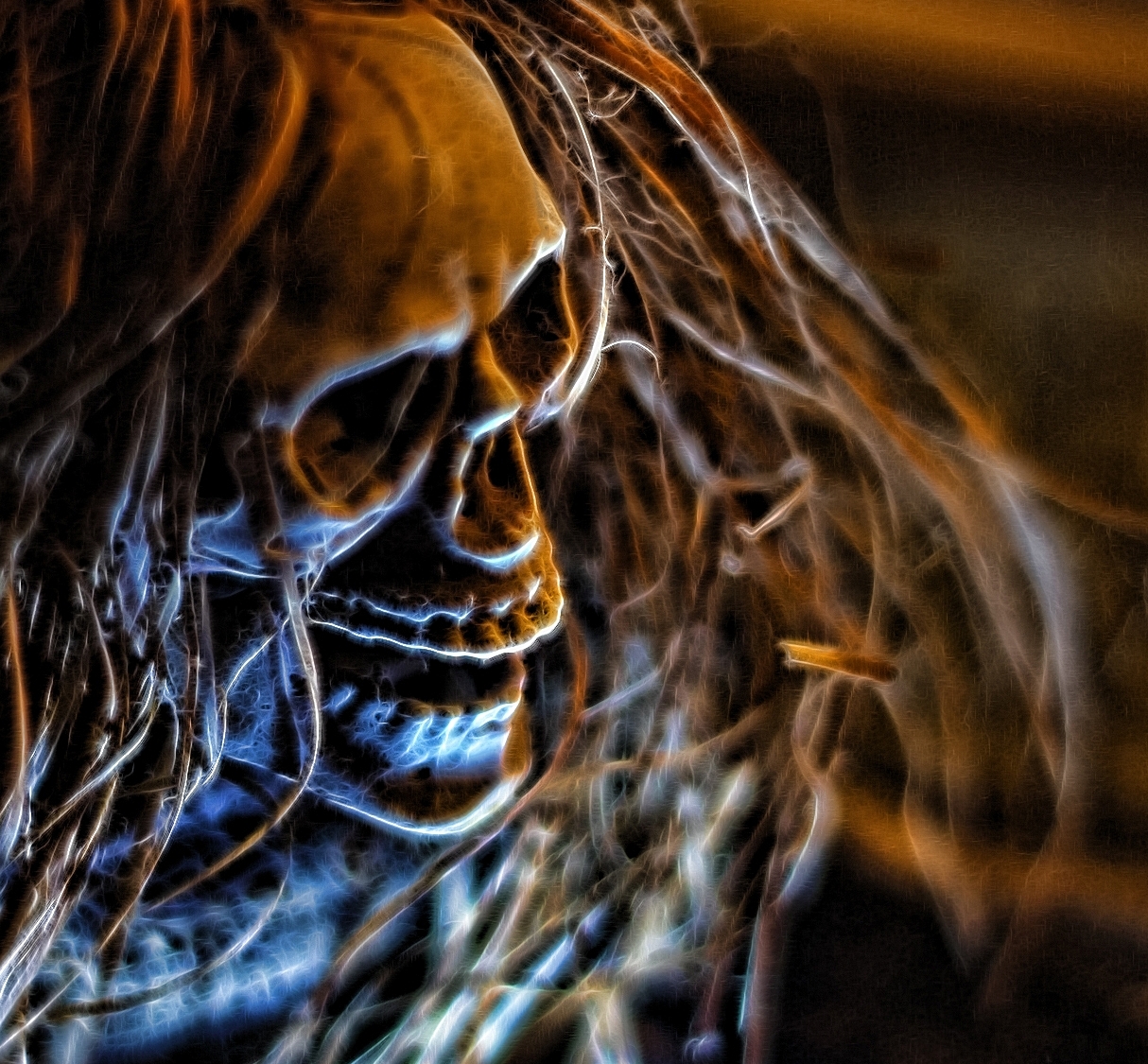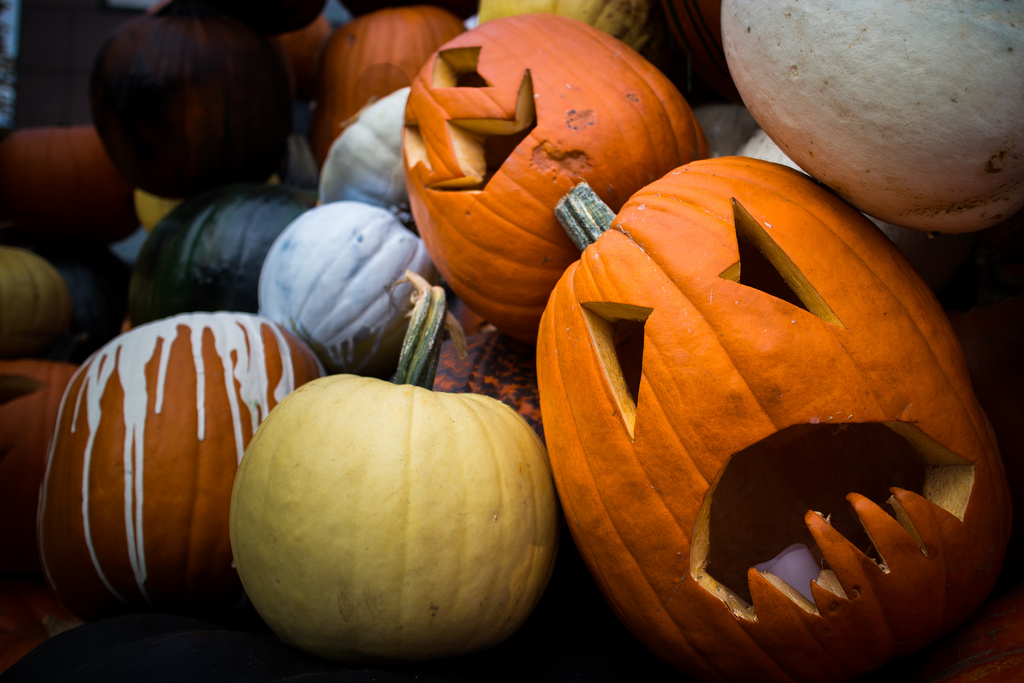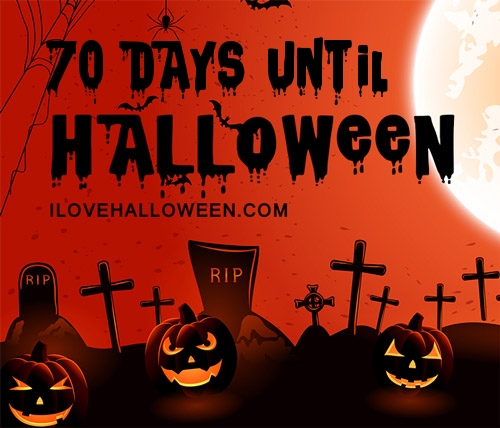I♥Halloween > History of Halloween > Halloween Around The World
Halloween may be the world’s oldest holiday but the traditions we know aren’t necessarily followed or known to the rest of the world. In fact, other countries may not celebrate it at all or they may have different traditions and rituals and even call it something else, like the Day of the Dead, All Souls’ Day, “Yue Lan” (Festival of the Hungry Ghosts), or Obon.
In the U.S., Halloween is mostly about bringing out a good scare, but when you look at other countries some may reflect on the holiday religiously. In some countries, Halloween is a period of welcoming back the dead for a visit and rituals and traditions are followed to pay respect to those who are no longer living in the same world as us. There are also countries that do not celebrate Halloween and only recognize it as an American holiday.
Explore the fascinating customs and traditions of how the holiday tradition of Halloween is celebrated (or not) around the world!
Halloween Celebrated As We Know It in North America
United States
In the U.S. more than 157 million Americans celebrate Halloween, according to the National Retail Federation. Americans celebrate the holiday each October 31st dressing up as ghouls and goblins, superheroes, princesses, and just about anything else that comes to one’s imagination. There’s haunted tales to tell through decorations and entertainment, including pumpkin carving, daylight and nightly haunted corn mazes, famous parades like the New York City Village Halloween Parade, Halloween costume parties, haunted house attractions, ghost tours, and so much more simply to bring out a good scare!
For children in the U.S., the main event to look forward to come Halloween is dressing up in costume and going door to door in neighborhoods yelling out “Trick or treat!” in hopes to fill their baskets or baggies with pounds and pounds of sweet treats. Surely there is no lack of sweets to collect considering 9 in 10 shoppers buy Halloween candy and estimates from NRF indicate consumer spending of some $2.1 billion for this particular occasion alone.
When it comes to teenagers and adults, many look forward to Halloween for all the spooktacular scary fun entertainment available through haunted houses, zombie chase events, costume parties, to many other nighttime events.
Ireland (Where it all began!)
Trick or treating doesn’t just happen in the U.S. – In Ireland, children also dress up in costume and go trick or treating. In fact, this is where Halloween all started. Typically after trick or treating, parties are attended where the Irish play games like “snap-apple.” In the game, an apple on a string is tied to the tree or a doorframe while players attempt to bite it. The Irish also have a traditional food during this occasion called the barnbrack, a type of fruitcake. Inside the cake is a treat and it is believed that the one who finds it will have their future told. The prize may be a ring, which may indicate the person will soon wed or a piece of straw, which would indicate how prosperous the year ahead will be. Children in Ireland also love playing tricks during this occasion called “knock-a-dolly.” Children would knock on the door of neighbors and then run away so folks would opened the door to nothing.
Canada
The Canadians celebrate Halloween much like the Americans with carved jack o’lanterns, Halloween parties, and trick or treating. The Halloween tradition came to life as Scottish and Irish immigrants arrived in the 1800s.
Countries Celebrating Halloween By Observing/Welcoming the Dead to Return
China
In China there is the belief of the afterlife. During Teng Chieh, or the Feast of the Hungry Ghosts, the Chinese light up lanterns to help guide spirits back to Earth. Food and water is also left in front of a portrait of the dead because there is the belief that wandering ghost of the dead come to seek food and to pay a visit to loved ones during the afterlife. The period is observed for 24 hours (typically in mid-July) and during this occasion the Chinese may burn pictures of fruit, fake money, folded boats or cars in belief that it would reach their dead loved ones in the spirit world and bring them comfort.
Mexico & Spain
Like the Chinese, the Spanish have a tradition of leaving food and a drink near the portrait of the dead to welcome them back on Earth. They may also place cempasuchil flowers near it. A basin and towel is also left out in order for the returning spirit to wash up prior to enjoying a prepared feast that typically includes “Pan de Muertos” or Bread of the Dead. The Spanish celebrate “El Dia de los Muertos” – the Day of the Dead, or All Souls’ Day on November 2nd, but the three-day celebration begins the evening of October 31st. Skull decorations and skeletons may be hung to celebrate the occasion because in this culture and during this time death is embraced, not mourned.
Germany
In Germany, Catholic Germans observe November 1st as All Saints Day. Catholic Germans typically make a visit to the grave of family members during this time and between October 30th and November 1st, knives are also carefully hidden for fear that if they are left out it may be harmful or a risk to the returning spirits. American culture influence on how Halloween is celebrated has increased in Germany since the 1990s so there is trick or treating and costume parties that go on in Berlin and other German cities.
Austria
The Austrians celebrate Halloween similar to the Germans. It is an occasion to welcome back the dead and remember those who have left the world. Austrian Catholics celebrate Seleenwoche, or All Souls Week, between October 30th and November 8th by leaving out water, bread and a lit lamp on the table before going to bed. This is considered a magical time as dead souls are welcomed back on Earth. Masses are generally held during this occasion and the grave of loved ones who have passed are decorated with lanterns and wreaths.
England
A tradition known as “souling” typically took place for the English. This was a time where families would come together, eat “soul cakes,” and have a period of silence as candles burned in every room to welcome souls back to Earth. Wine would also be present to refresh the souls that returned. Little children would also sing songs and say prayers for the dead to return. This tradition is not as popular for the English as it once was and the Western styles of Halloween celebration are taking more form in England today.
Italy
In Italy, homes are open for spirits to return and feast. Italians prepare a cake called Beans of the Dead and some in southern Italy may prepare a full feast before leaving their homes to go to church. All Saints’ Day is a public holiday in Italy and All Souls’ Day is also observed.
Japan
Those is Japan celebrate what is called “Obon”/”Matsuri” or Festival of Lanterns in August (sometimes July). It’s a period the spirits of ancestors come back to visit. To guide the spirits, the Japanese hang red lanterns in front of their homes and may set them afloat on rivers and seas. Special meals are prepared.
Korea
During Chusok, which takes place in the month of August, Koreans make a visit to the tombs of their ancestors and bring along with them rice and fruits to pay respect. This is a time observed to thank their ancestors for the fruits of their labor.
Cambodia
The Cambodians celebrate P’chum Ben, which typically takes place in September, following the lunar calendar. A visit to the temple is typically made to honor the dead and they will bring along with them food like sweet sticky rice mixed with beans that is wrapped in banana leaves. At the temple, monks may also provide music and speeches.
Singapore
Singaporean Chinese celebrate “Zhong Yuan Jie/Yu Lan Jie”, another term similar the Feast of the Hungry Ghosts or the Hungry Ghost Festivals in China.
Belgium
On Halloween night, people of Belgium light candles in memory of dead relatives. There’s also the superstition that a black cat is bad luck, especially when it crosses your path, enters a home or travels aboard a ship.
Czech Republic
At the end of autumn, the Czechs decorate the grave of loved ones with flowers and candles during what’s called the Commemoration of All the Departed. A chair may also be left by the fireside at home for each dead relative and each living family member because legend has it that the dead can communicate with the living at this time.
Sweden
The Swedish celebrate “Alla Helgons Dag” between October 31st and November 6th. It’s a holiday that often results with a shortened work day the Friday prior to All Saints Day and school-aged children typically get off from school. The Swedish have the custom of lighting candles and placing them on the graves of their loved ones who have passes away.
Halloween, Huh? – Countries That Don’t Celebrate the Occasion
France (La fête d’Halloween)
France is one of the few countries in the world that does not celebrate Halloween. To most in France, Halloween has virtually been unknown until around 1996 when costume parties and corporate publicity campaigns started to come around introducing the American culture with Halloween symbols like pumpkins and other relevant things. Many in France continue to view Halloween as an American celebration irrelevant to French culture.
Australia & New Zealand
While the U.S. and North America are festive in fall and autumn activities around the Halloween season, Australia and New Zealand are in transition from spring to summer. On top of the total difference in season, Halloween is viewed to not have much relevance to these cultures and hasn’t really taken off.
Russia
It’s typically the younger generation in Russia who are celebrating Halloween with costume parties at nightclubs. The country otherwise doesn’t much recognize Halloween. In fact, Russian government does not favor public celebration of this kind with its anti-West views.
Many other countries have their own way of celebrating or observing Halloween, but it’s clear that how America celebrates it is having some influence on other cultures. With 2015 estimates indicating U.S. total spending of $6.9 billion on Halloween alone, it’s a sign that people just can’t get enough of all the fun scare that goes around.






Recent Comments